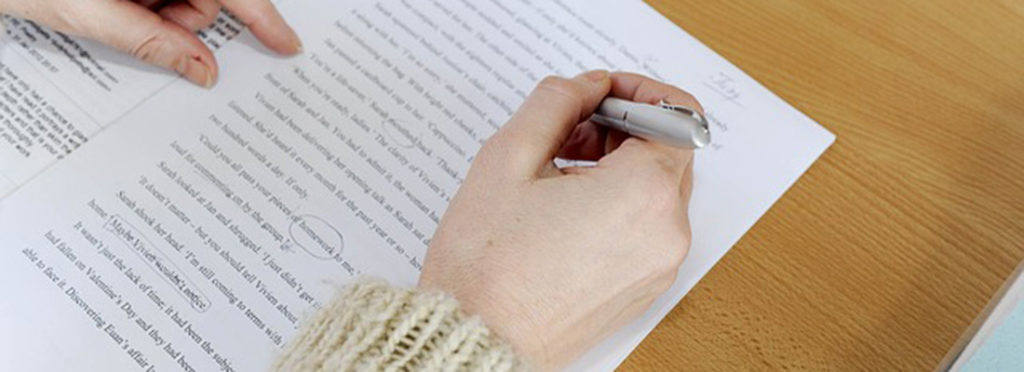Wondering how to edit your book or content? If you want to produce a polished publication, you need to take your writing through at least four rounds of editing. Not all editing is created equal, so here is a brief explanation to help you understand the types and order of editing you need to do before you can consider your latest offering to be publishable. Each round is as relevant for short content as it is for book-length manuscripts.
Our Number One Tip to Edit Your Book or Content:
Always work off hard copy printouts for each round. The eye-brain co-ordination is quite different on the screen, where the focus is on scanning work, rather than picking up details. When you work off hard copy, you will pay more attention to the content and find the editing process more effective.
1. Developmental Editing
After you have written your first draft, it will quite likely require significant restructuring. After all, professionally published books are not written, they are rewritten. Consequently, you may even need to be rewrite and edit your book several times. If this is the case, then consider working closely with a developmental editor to get it to a publishable level.
2. Substantive/Line Editing
Substantive editing is when you go through a manuscript line by line, making changes to the text to improve clarity, logic and flow. This helps to cut out repetition as well as wordy sentences which often confuse the reader. It is best to get a fresh pair of eyes to look over your work at this point. If you are working on a budget, choose a volunteer from your target market who has excellent English skills. However, I would recommend that you hire a professional editor for this round.
3. Copy Edit Your Book or Content
Copy editing improves the formatting, style and accuracy of the text prior to typesetting. Grammar, punctuation and spelling errors are corrected. Facts, references and quotes are checked and any possible legal issues are addressed. This is the stage where you need to spend time making sure what you say is 100% accurate, that nothing has been plagiarised and you have permission to use any copyrighted content.
NOTE:
Many people mistake copy editing as the proofreading round. However, it’s not. Copy editing takes content to a publishable level, while proofreading happens after the content has been set into it’s final format.
4. Proofreading
Once your content has been laid out and typeset into its final format, then hard copy proofs are printed out. This is as relevant for digital media as it is for printed publications. You need to check the proof against a text copy. Get any errors fixed and new proofs printed and checked. Only when the proofs are 100% okay, sign them off. Again, it is a good idea to hire the services of a professional proofreader for this round.
Where can you find a professional editing service?
We have professional editors and proofreaders on our team. We work with clients from all over the world in a variety of industries, on all types of content. Please contact us to discuss your next editing project.
If you’re the type of person that likes to do it all yourself, and you’re considering improving your editing skills, we provide training courses on writing, editing, publishing and marketing at KESWiN Academy. For more information, visit our training academy website, https://keswin.academy.


